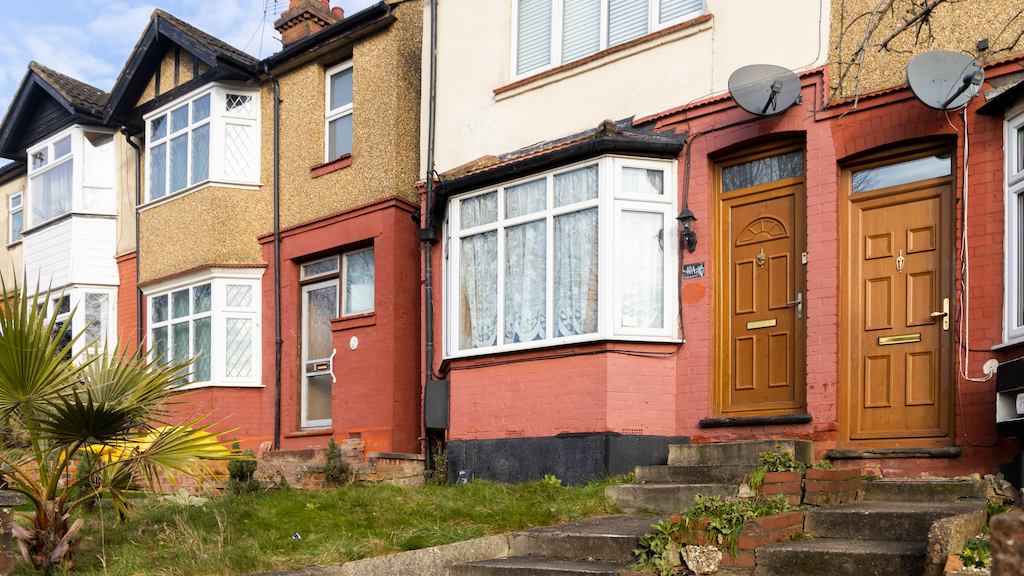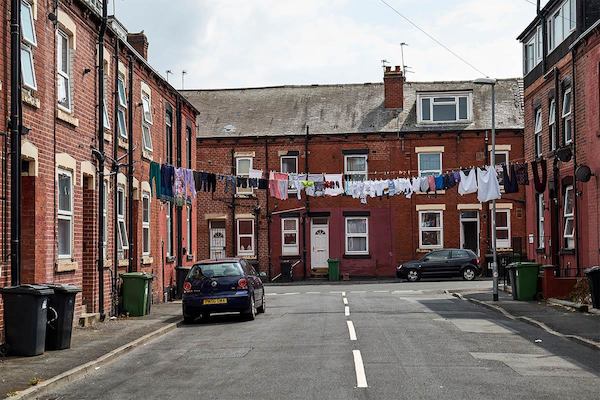Older people are already cutting back more than any other age group on energy, with many too fearful of eye-watering energy bills to turn on basic appliances. The potential consequences of this are enormous. Almost 10,000 people die annually in England and Wales because their homes are too cold. With older people more vulnerable to falling temperatures and disproportionately likely to live in the least efficient homes which are costly to heat, this number may rise through the cost-of-living crisis. The financial costs of tackling the inefficiency of our country’s homes may be large but the potential human cost of failing to act is far greater.
Improving the energy efficiency of the nation’s housing would be an important step towards meeting the needs of our rapidly ageing society. But it is also something we must do to tackle another of the biggest challenges facing our country – the climate crisis. In all regions of England and Wales, the median estimated CO2 emissions for existing dwellings were over double that of new dwellings. Making our homes more efficient is undoubtedly something that we must do if we want to lower the nation’s carbon footprint.
The government has set a major target for all UK homes to have no lower than an EPC rating of C by 2035 as part of its wider net zero ambitions. Improving homes to band C would make a significant difference to household finances. The government calculates that the average energy costs for a home with an EPC C rating are around £300 cheaper per year than a band D property.
But to make the necessary improvements in insulation and boilers to reach the higher EPC rating will not be affordable for many. Analysis by mortgage broker Habito suggests it will cost roughly £3,653 to upgrade a one-bedroom flat from EPC D to C, £6,4000 for a small mid-terrace house and around £12,540 for larger detached homes. Sums that are likely to be beyond the reach of many families' budgets.
That's why we need government to take an urgent lead on this issue to ensure that we do not face a similar situation next winter where millions of homeowners desperately need urgent financial assistance with their energy bills.
We need a large-scale retrofitting programme that transforms existing housing stock as part of a broader move to make homes warmer, safer, and more efficient.
This should be accompanied by a network of ‘Good Home Agencies’ across the country which build on the positives of existing home improvement agencies and provide advice, access to finance and practical support.
It's time that we as a country shook off the label of having some of the worst housing stock in Europe. We can no longer accept a D pass rate.


